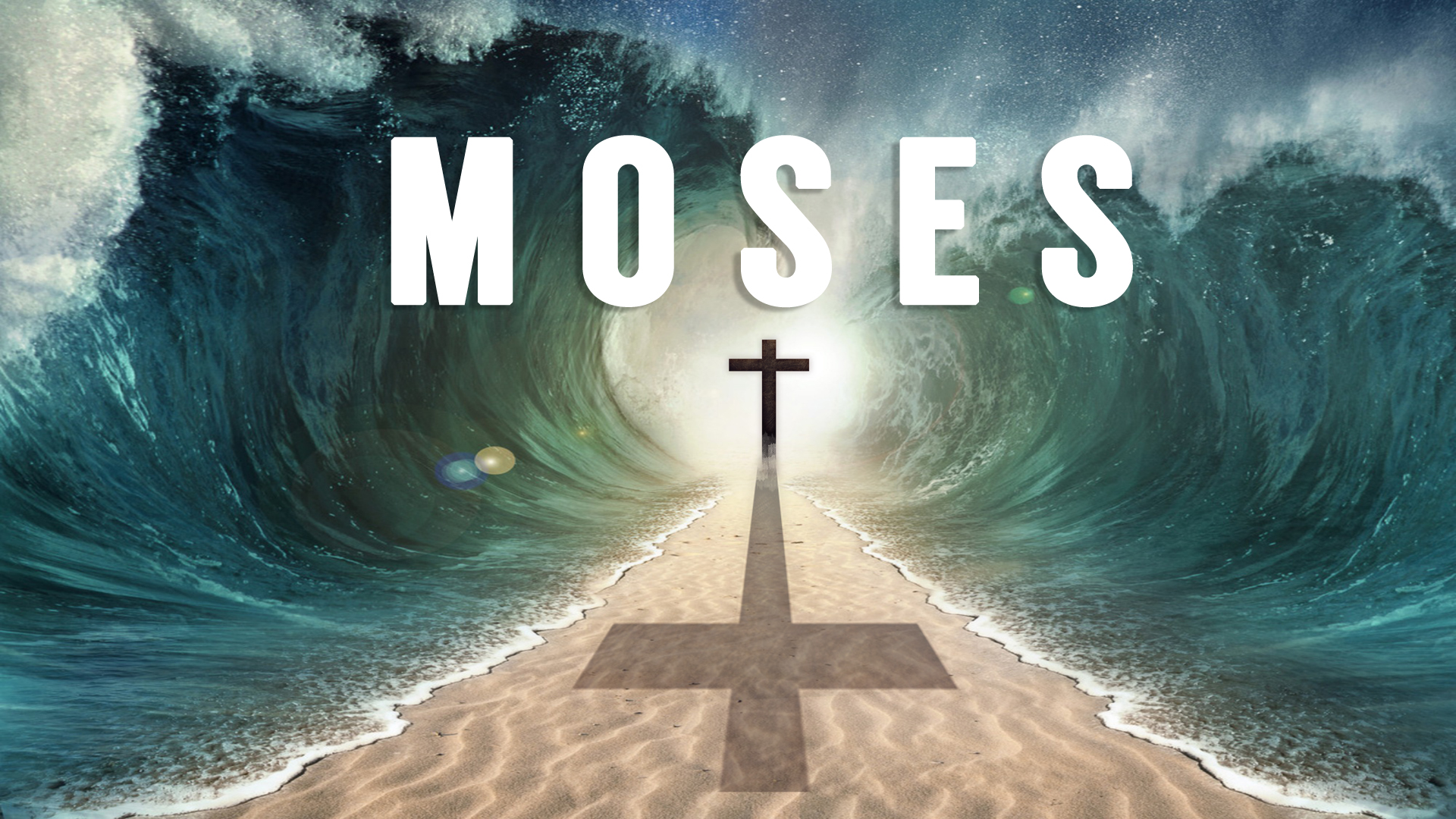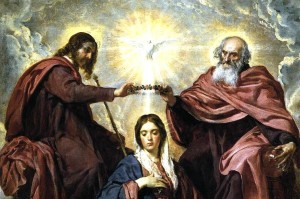
Note: this is my latest article for Catholic Answers Magazine (online). You can read it at the CAMO site here.
As part of my graduate studies in New Testament, I had the opportunity to study in Israel and to work for two summers at an archaeological dig in Jerusalem. During my academic studies in the Holy Land, I focused in part on the many Jewish-Christian texts that were produced in the first few centuries A.D. Undoubtedly, the finest example of these works is the first book that appears in the New Testament, the Gospel of Matthew.
Although the vast majority of scholars believe Mark was the first Gospel written, Matthew comes first in the Gospels’ canonical order. Why is this? One satisfying answer is that Matthew serves as a natural bridge between the Old Testament and the New. Matthew is certainly the most Jewish of the Gospels, written primarily to convince those from a Hebrew background that Jesus is the Messiah. One of the ways Matthew accomplishes this is by comparing of Moses with Jesus.
Indeed, Matthew makes heavy use of Moses typology in his Gospel, showing that Jesus is a new and greater Moses. The parallels between Jesus and Moses begin with Matthew’s infancy narrative.
Like the infant Moses, the infant Jesus experiences an attempt on his life by a ruler bent on preserving his own kingdom: Pharaoh, in the case of Moses, and Herod the Great in the case of Christ. Herod’s slaughter of the infant males in Bethlehem’s vicinity evokes Pharaoh’s attempt to kill the Hebrew males (Exod. 1:15-2:10).
Like Moses fleeing from Pharaoh (Exod. 2:11-15), Jesus was forced to flee into Egypt for safety from the wrath of Herod and emerged from there to deliver his people. Moses returned from his desert sojourn with his wife and sons to Egypt (Exod. 4:20). Joseph returned with his wife and son from Egypt to Israel (Matt. 2:21). Moses would deliver the Israelites from bondage to Pharaoh, employing signs and miracles. Jesus delivered his people from the power of a greater oppressor, Satan, also displaying miraculous signs. This is emphasized by Jesus’ healings and especially by his exorcisms.
Jesus fasted for forty days and nights before teaching the new Law of God on a mountain (Matt. 4); Moses did the same (Deut. 9:9). Just as Moses ascended Mt. Sinai to receive the Decalogue, Jesus ascends a mountain to bring forth a new Law from God in fulfillment of the Old Covenant.
As Moses was given Ten Commandments, Jesus presents his disciples with ten beatitudes (Matt. 5:3-12). As Catholics, we are used to hearing about the “eight beatitudes”, but following what is traditionally numbered as the eighth beatitude, there are actually two more (Matt. 5:10–12):
Blessed are those who are persecuted for righteousness’ sake, for theirs is the kingdom of heaven (traditionally, the eighth beatitude).
Blessed are you when men revile you and persecute you and utter all kinds of evil against you falsely on my account (ninth beatitude).
Rejoice and be glad, for your reward is great in heaven, for so men persecuted the prophets who were before you (tenth beatitude).
This tenth beatitude is in a somewhat different form than the others, beginning not with “Blessed” (Gr. makarios) but with the two imperatives “Rejoice and be glad.” The word “beatitude” comes from the Latin term beatus, which means “blessed” or “happy.” Since “rejoice” or “be glad” are synonymous with being “blessed,” we have in all likelihood ten beatitudes, consistent with Matthew’s Moses motif.
The five major teaching sections given by Jesus in Matthew (the Sermon on the Mount, in chapters 5-7; the Missionary Discourse in chapter 10; the Community Discourse in chapter 18; and the Eschatological Discourse in chapters 24-25) are meant to correspond to the five books of Moses, the Pentateuch. Even within the Sermon on the Mount, five “antitheses” are presented (“You have heard it said…but I say to you”), where Jesus demonstrates how his new law of the kingdom fulfills the law given to Moses.
It has also been proposed by some scholars that the entire Gospel has a five-book arrangement (3-7; 8-10; 11-13; 14-18; 19-25). Each “book” contains material on what Jesus said and did, followed by a formula of conclusion (7:28-29; 11:1; 13:53; 19:1; 26:1), with the infancy and passion narratives, respectively, serving as bookends. This is far from a consensus view, as many alternative structures for the Gospel as a whole have also been proffered.
Read the rest of the article here.


 Q. We’ve seen a spate of biblically themed movies in theatres lately: Son of God, Noah (starring Russell Crowe), and now Exodus: Gods and Kings (featuring Christian Bale of Batman fame). Why do you think this is?
Q. We’ve seen a spate of biblically themed movies in theatres lately: Son of God, Noah (starring Russell Crowe), and now Exodus: Gods and Kings (featuring Christian Bale of Batman fame). Why do you think this is?